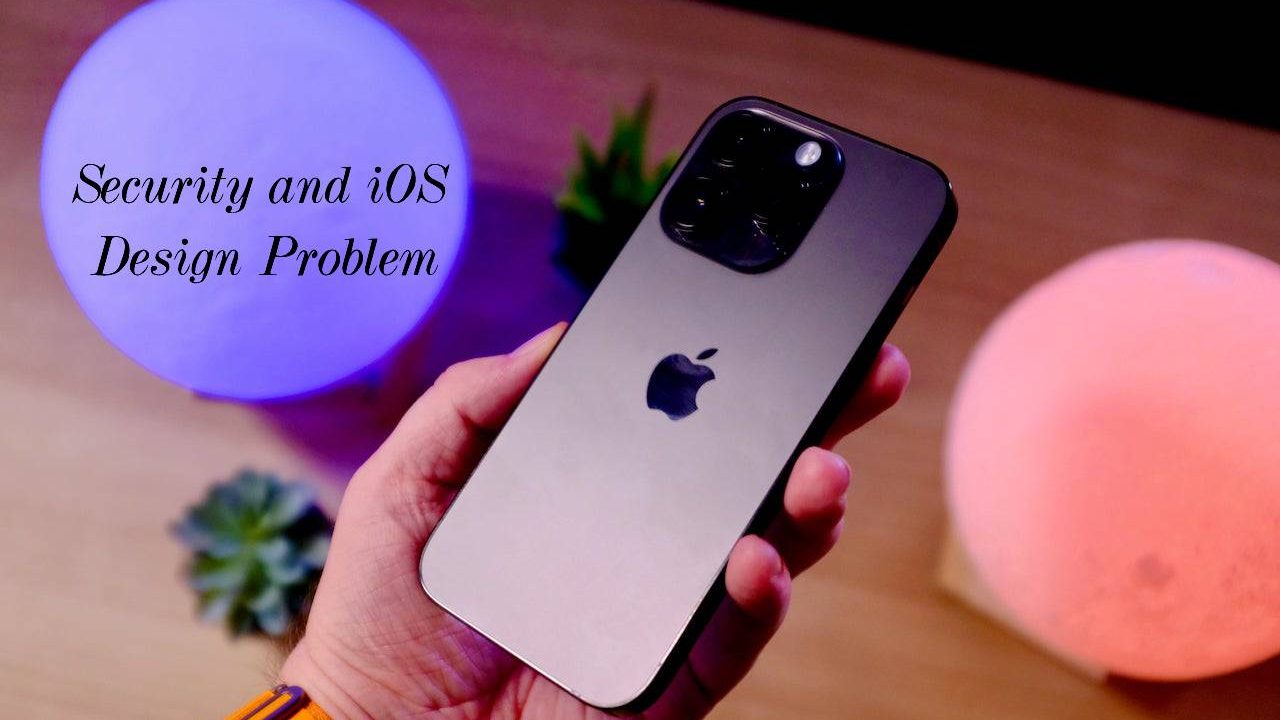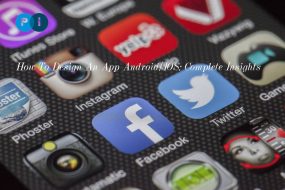
Security is an essential aspect of technology and is critical in ensuring the protection of sensitive information. While technology has advanced over the years, the need for robust security measures has also increased, especially with the rise of the internet and the growing number of cyber threats. The security of mobile devices such as iPhones and iPads, running on Apple’s iOS operating system, is a major concern for users. While the iOS operating system is known for its security features, security isn’t just a technology problem in iOS design.
Design plays a significant role in ensuring the security of mobile devices. A secure design is one that takes into account various security risks and incorporates measures to prevent them. The design should ensure that users are protected from various security threats, such as malware, data breaches, and unauthorized access to personal information. The design should also make it easy for users to secure their devices, without requiring them to have technical expertise.
One of the key design elements of iOS that contributes to its security is the closed ecosystem approach. The iOS operating system is designed to run exclusively on Apple hardware, which makes it harder for malicious software to infect the device. Apple also tightly controls the App Store, which is the only legitimate source of iOS apps. All apps are subject to a rigorous review process, and any app that is found to be malicious or to violate Apple’s security policies is removed. This helps to prevent malware from being installed on the device and helps to protect users from security threats.
Another key design feature of iOS is its use of encryption. iOS devices use encryption to protect sensitive information such as passwords, credit card numbers, and personal photos. This means that even if the device is lost or stolen, the data is protected and cannot be accessed without the user’s password or a passphrase. In addition, Apple’s Face ID and Touch ID technologies use biometric authentication to secure the device, making it even harder for unauthorized users to access the device.
One of the most significant security risks faced by iOS users is the threat of phishing attacks. Phishing attacks are designed to trick users into giving away sensitive information, such as login credentials, by posing as a trusted source. Apple has incorporated various security measures into iOS to help prevent phishing attacks. For example, iOS will warn users if they are about to enter their password on a website that does not have a valid SSL certificate. This helps to prevent users from entering their password on a fake website, which could then be used to steal their information.
Another design element that contributes to the security of iOS is the sandboxing feature. Sandboxing is a security mechanism that isolates apps from each other, so that if one app is compromised, the rest of the system remains secure. This helps to prevent malware from spreading to other parts of the system and helps to prevent data breaches.
Apple also provides various security features to help users secure their devices, such as two-factor authentication and the ability to remotely lock or erase the device. Two-factor authentication requires users to enter a password and a unique code that is sent to their phone, making it much harder for unauthorized users to access their device. If a user loses their device, they can use the Find My feature to locate the device, lock it, or erase all of the data. This helps to protect the user’s sensitive information from falling into the wrong hands.
Pros and cons of apple iOS Design
Pros of Apple iOS:
- User-friendly interface: Apple’s iOS operating system has a simple and intuitive interface that makes it easy for users to navigate and use their devices.
- High-quality hardware: Apple’s iPhones and iPads are known for their premium quality and performance, making them a popular choice among consumers.
- Secure: iOS is known for its security features, such as encryption, biometric authentication, and the closed ecosystem approach, which helps to protect users from various security threats.
- Regular software updates: Apple releases regular software updates for its iOS devices, which often include security patches and new features.
- Robust app store: Apple’s App Store is the only legitimate source of iOS apps, and all apps are subject to a rigorous review process, which helps to prevent malware from being installed on the device.
- Integration with other Apple products: iOS devices are designed to work seamlessly with other Apple products, such as Macs and Apple Watches, making it easy for users to access and use their devices.
Cons of Apple iOS:
- Expensive: Apple’s products are known for their premium price point, which may not be affordable for all users.
- Limited customization: Unlike Android, iOS has limited customization options, and users cannot change the look and feel of their device in the same way.
- Proprietary technology: Apple’s iOS operating system and hardware are proprietary, meaning that users are limited to the products and services that Apple offers.
- No expandable storage: Unlike some Android devices, iOS devices do not have expandable storage, and users are limited to the amount of storage that their device comes with.
- Limited app availability: Although the App Store has a large selection of apps, some apps may not be available for iOS devices, or may not have the same features as the Android version.
In conclusion, security isn’t just a technology problem in iOS, it’s about design. Apple has taken a comprehensive approach to security, incorporating various design elements and features to protect users from various security threats. These design elements, such as the closed ecosystem approach, encryption, and sandboxing, help to make iOS one of the most secure mobile operating systems available. By taking a design-driven






